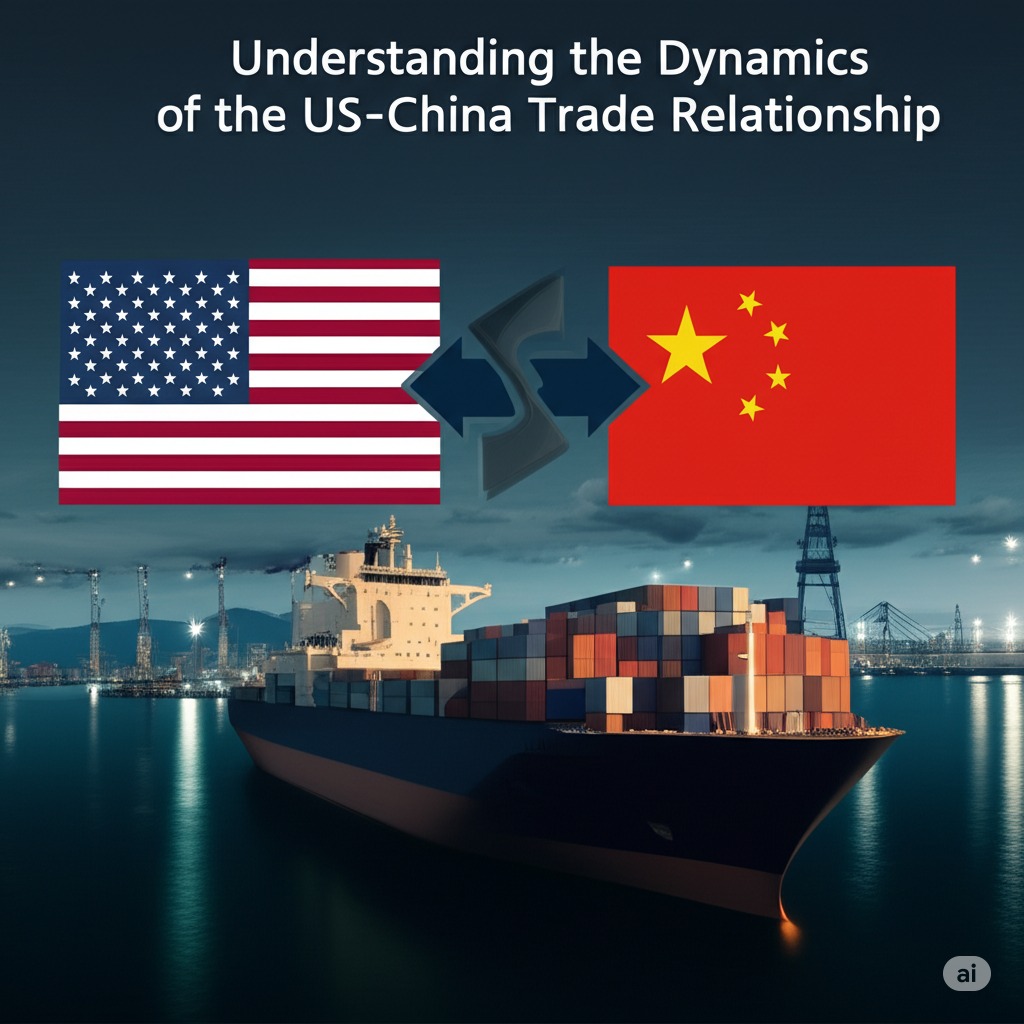Understanding the Dynamics of the US-China Trade Relationship
Published on June 11, 2025 | Generated by AI
 🤖 AI-generated Image
🤖 AI-generated Image
Why It Matters
Trade relations between the United States and China represent one of the most critical and complex economic dynamics in the global landscape. As the world's two largest economies, the nature of their trade interactions profoundly impacts international markets, supply chains, and geopolitical stability. Ongoing tensions, negotiations, and strategic competition ensure that the state of the US-China trade relationship remains a matter of urgent global interest and scrutiny, with significant implications for businesses, consumers, and policymakers worldwide. What is at stake involves not just bilateral trade flows but also technological dominance, intellectual property rights, market access, and broader issues of economic governance and influence.
Background & Timeline
The history of modern US-China trade relations has evolved dramatically since China's economic reforms began in the late 20th century. China's accession to the World Trade Organization (WTO) in 2001 marked a pivotal moment, integrating China more deeply into the global trading system and leading to a significant increase in bilateral trade volume. However, this period also saw the rapid growth of a substantial US trade deficit with China, becoming a persistent point of contention. Disputes over issues such as intellectual property theft, forced technology transfer, state subsidies, and market access restrictions grew over time, laying the groundwork for increased friction.
What’s Happening Now
- Based on the latest available news tiles dated June 11, 2025, there are no specific reports detailing recent developments, negotiations, or agreements pertaining directly to a 'US-China Trade Deal'. The provided information covers unrelated global and domestic events.
What Could Happen Next
-
1. Continued Managed Competition: The most likely scenario involves the continuation of the current state of managed competition, characterized by targeted tariffs, export controls on sensitive technologies, and sporadic high-level dialogues without yielding comprehensive trade agreements. This maintains leverage for both sides but perpetuates uncertainty for businesses. Consequences would include ongoing supply chain diversification efforts and sector-specific trade barriers.
2. Partial De-escalation and Limited Agreement: A less probable but possible outcome involves a partial de-escalation, potentially leading to limited agreements on specific issues like market access for certain goods or regulatory cooperation. This would likely be driven by domestic economic pressures or a strategic decision to compartmentalize the relationship. Risks include the fragility of such narrow deals amid broader strategic disagreements.
3. Significant Rapprochement or Further Escalation: A significant and broad trade agreement (rapprochement) or a drastic escalation into a full-blown trade war with widespread tariff hikes and severe restrictions is currently considered less likely than managed competition. Rapprochement would require major concessions from both sides on deeply entrenched issues, while a severe escalation could have mutually detrimental economic consequences that both governments may seek to avoid in their entirety.
This article is generated using AI-assisted summaries and verified timelines.
